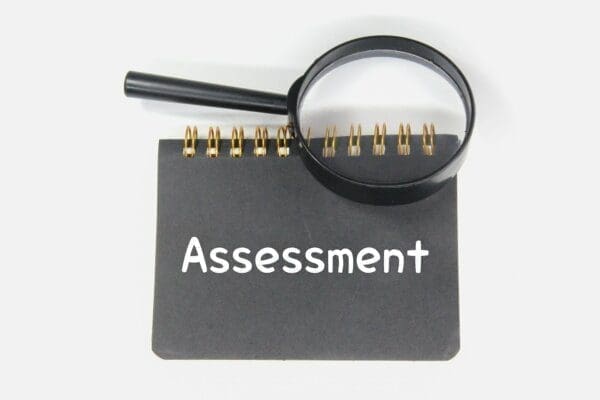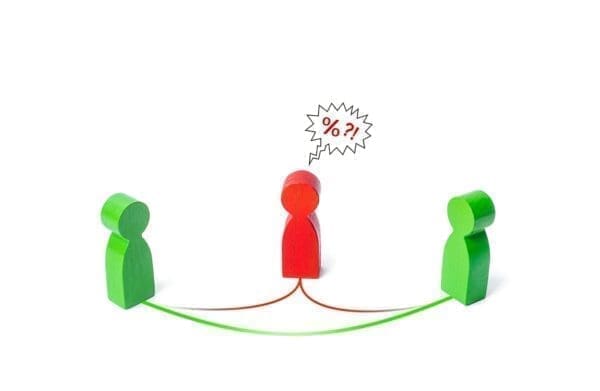The Need for Authentic Leaders
Authentic Leadership is no longer a concept that is good to have but a must-have in the challenging times of our global economy. We need authentic leaders. As a Psychotherapist, I find that regardless of which arena I am dealing with people, they all want the same thing, which is peace of mind. So, dealing with someone who has experienced a recent traumatic event, dealing with a family issue or a senior leader having issues with the company’s quarterly financials, the theme is the same. We all want to have that flow within ourselves.
This flow is naturally an innate space we have when we are born. Then the realities of life will disconnect us from a place of connection with others and our own internal connection. The R.O.R (Return On Relationships) brings us back to a place where we can reclaim some of the basic fundamentals that allow us to understand our internal space and then connect to that space within others, regardless of if whether at home or work.
As we begin exploring what makes us connect to ourselves, it’s about getting back to the basics. We are all so different as people (like our thumbprint), so we need to understand our internal space or AQL (Authenticity Quotient). As a benchmark, there is a need for a leader to understand what elements of connection come naturally (is second nature). Then, what areas you struggle with that need accentuating. What are the steps needed to understand? Let’s start with a basic assessment that will give us a jumping-off point and identify the areas we can focus on for enhancement.

AQL
I would say that most leaders generally have the capacity in many areas of the AQLthat reflect on what is most needed as a leader.
1 – Least like me 5-Most like me
LEAST—————————————————————————MOST
Awareness
Is your mood level, regardless of what is going on with your team?
1 2 3 4 5
Do you let others around you know when you are having a tough time?
1 2 3 4 5
Are you approachable during a crisis with your team?
1 2 3 4 5
Are you aware of what your team needs when there is conflict?
1 2 3 4 5
Total _____
Communication

Are you able to focus all your attention exclusively on the person you are
in a conversation with?
1 2 3 4 5
Are you able to make eye contact without feeling uncomfortable when
interacting with others?
1 2 3 4 5
Are you able to tap into non-verbal cues when having a conversation
with others?
1 2 3 4 5
Total _____
Sticky Learning ® is 7 times more effective than 1-day training courses. Plus, you will get a Chain of Evidence proving your Return on Investment. Discover soft skills training that changes behaviours long term.

Decision Making
Does stress impact my capacity to make good decisions as a leader?
1 2 3 4 5
Do I always keep my top values in mind when making decisions?
1 2 3 4 5
Do I make good decisions regardless of the pressures surrounding
the situation?
1 2 3 4 5
Total _____
Connection
Am I able to connect with others very easily?
1 2 3 4 5
Am I able to connect with team members all equally?
1 2 3 4 5
I find it difficult to relate to personalities that are different from mine.
1 2 3 4 5
Total _____
Recognition
I know how my team needs to be recognized.
1 2 3 4 5
I am aware of how I need to receive recognition.
1 2 3 4 5
I know how each of my team members needs to be recognized.
1 2 3 4 5
Total _____
Tabulate all 5 Areas

The areas with the highest score show the places you are resilient as a leader,
and the lower scores show the areas which need improvement. Total _____
Once you tabulate your scores, there may be some alarming results, but this is where the process starts to put in place all the things that you need to enhance your leadership style.
This snapshot is your perception of your leadership style, but what about the opinions of your team? How might their results be in line or differ from your analysis of your leadership skills? Collating the two scores is where the true awareness of your leadership style is accurately portrayed and what is needed of you in the culture that you lead.
The leaders that I have had the privilege of coaching often share that this experience can be humbling as their opinions sometimes can be skewed because it’s difficult to be objective with our space 24/7 and others that we lead get a front-row seat to all the positives and negatives that sit in your lap on an ongoing basis.
Heartbeat Model
Most of the leaders that I interviewed for my book ROR: Return On Relationships shared that their growth and reflective experiences came when they got more connected to themselves. Sometimes it was a life-altering event where they were not connected to their inner leader which propelled them to make changes. The process that I, leaders, and companies use is the Heartbeat Model of Leadership. Initially, the leaders are assessed on their top three authenticity blockers. Next, we have the team do another version. Here are some of the questions for that part of the assessment.

The areas with the highest score show the places you are resilient as a leader, and the lower scores show the areas which need improvement.
In this assessment, they score the leaders’ capacities in five areas. Then the leader’s assessment and the teams’ aggregate assessment are collated into a leadership development plan utilizing the Heartbeat Model.
Here is a case scenario of a leader who worked through the Heartbeat Model of Leadership.
Case Study: Jonathan Age 45
Senior Leader in IT
Team of 10
Major acquisition of another smaller IT competitor
The leader was experiencing ongoing concern with his team. They shared that the leader showed favouritism to some members of the group. He was often reactive and would communicate in abrupt and ineffective ways when the team was under multiple deadlines. His decision-making during these times was inconsistent and impacted the teams’ ability to effectively focus, innovate, and be productive.
Leaders Top Authenticity Blockers:
- Awareness
- Communication
- Balanced Processing
Teams’ Evaluation of Leader’s Authenticity Blockers:
- Communication
- Balanced Processing
- Connection
The leader worked through the Heartbeat Model and was able to adapt his style and address the concerns that were brought forward by his team. The Heartbeat model enabled him to work through the needs of the team that were being unmet.
Initially, he went through understanding the core fundamentals of why he became a leader and created his leadership story. He looked at some of the things that impacted his capacity to connect and what the team needed from him when they feel pressure under multiple deadlines.
This overall awareness created a deep understanding of what was needed so he could create an inner and outer self-care routine that allowed him to understand the needs of his team on an ongoing basis. With this introspective lens, he was able to stay connected to himself and understand what he needed to do on an ongoing basis to take care of his team so they could get the support to function optimally when they had multiple pressures and deadlines in sight.
Summary of Authentic Leaders
Leaders today more than ever are being asked to deliver a higher level of leadership. Tactical outcomes are a given but what is even more important is staying connected to the things that are needed most by their team so they can feel connected to themselves, their values and in turn, their meaning and purpose at work.
The more important metric is Return on Relationship (R.O.R) versus R.O.I.
For more information on the Heartbeat Model, visit https://roxannederhodge.com/.




